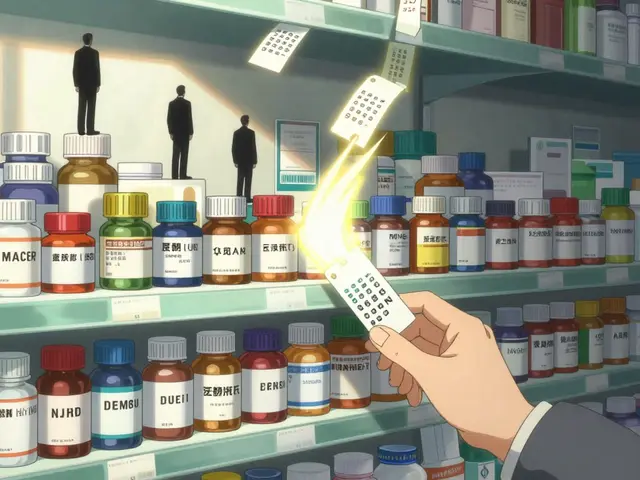Ferrous Gluconate: Your Go‑To Iron Supplement
When you see Ferrous Gluconate, a water‑soluble iron salt used to treat low iron levels. Also known as Fe gluconate, it belongs to the broader class of iron supplements, products that supply elemental iron to the body. The main health issue it targets is iron deficiency anemia, a condition where blood lacks enough healthy red cells because of insufficient iron. In simple terms, ferrous gluconate provides the iron you need, helps your marrow make more red blood cells, and lifts fatigue. Ferrous gluconate works best when taken with foods that boost iron absorption, especially vitamin C‑rich options like orange juice or bell peppers.
How It Works, Who Should Use It, and What to Watch For
Ferrous gluconate’s key attribute is its high bioavailability, meaning a good chunk of the elemental iron actually gets into your bloodstream. This attribute (attribute: bioavailability, value: high) makes it a preferred choice for people who struggle with more aggressive forms like ferrous sulfate. The supplement’s chemistry (subject: ferrous gluconate, predicate: contains, object: iron gluconate complex) allows it to dissolve quickly in the stomach, reducing the typical metallic taste that scares some users.
Typical users include adults diagnosed with iron deficiency anemia, pregnant women needing extra iron, and athletes who lose iron through heavy sweating. Vitamin C isn’t just a tasty side note; it acts as a chelator that transforms iron into a form your intestines absorb more readily (semantic triple: Vitamin C enhances iron absorption). On the flip side, calcium‑rich foods or antacids can block that process, so timing matters—space out your dose by a couple of hours.
Side effects are usually mild: dark stools, occasional stomach upset, or constipation. If you experience severe nausea, stop the supplement and talk to a healthcare provider; they might suggest a lower dose or a different iron formula. Remember, iron overload can be dangerous, especially for people with hereditary hemochromatosis. Monitoring your blood iron levels every few months ensures you stay in the sweet spot.
When you’re ready to start, the usual adult dose is 325 mg of ferrous gluconate (about 100 mg elemental iron) once daily, but doctors may adjust based on lab results. For kids, dosing is weight‑based, so always follow a professional’s guidance. Store the tablets in a cool, dry place—heat and moisture can degrade the iron, making it less effective.
Below you’ll find a curated list of articles that dive deeper into the science behind ferrous gluconate, compare it with other iron salts, explore diet‑based strategies to boost iron uptake, and give practical advice on buying quality supplements online. Whether you’re looking for dosing charts, side‑effect management tips, or the latest research on iron therapy, the resources ahead cover the full spectrum.

Ferrous Sulfate vs Other Iron Supplements: Which Is Best?
A detailed comparison of ferrous sulfate with alternative iron supplements, covering absorption, side‑effects, cost, and how to choose the right product.
Continue Reading



